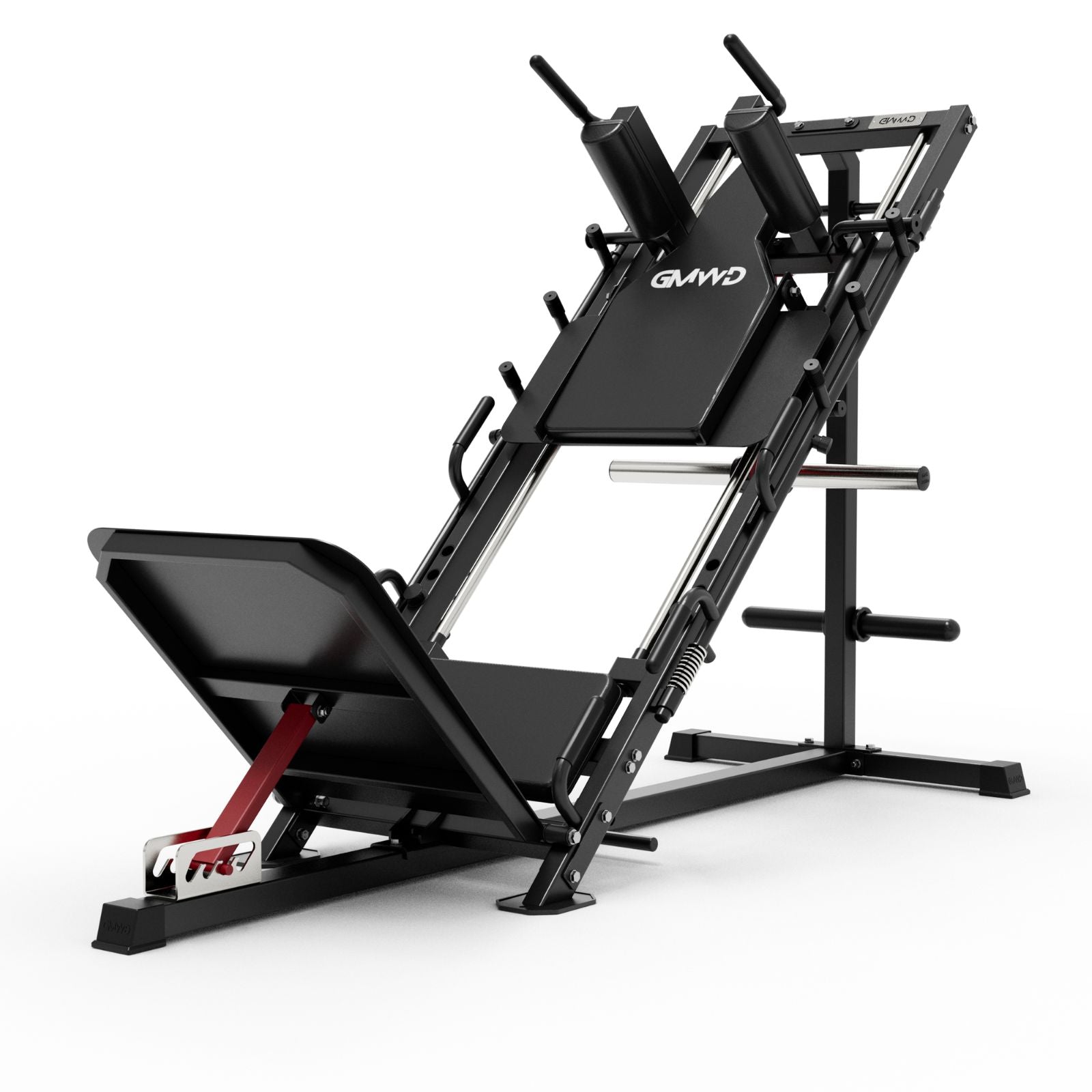The ring row is one of the most accessible yet powerful pulling exercises you can do—especially if you’re working out at home or in a minimalist gym setup. It’s a staple in CrossFit programming, gymnastics strength training, and bodyweight workouts for good reason. When performed correctly, ring rows build a strong, functional back while reinforcing proper posture and pulling mechanics.
What Is a Ring Row?
A ring row involves pulling your body toward a pair of suspended gymnastic rings in a horizontal position. Think of it as a bodyweight version of a barbell row—except with more core engagement, joint-friendly mechanics, and instability that recruits smaller stabilizer muscles.
There are several variations:
-
Standard ring rows
-
Vertical ring rows
-
Single ring vertical grip rows
-
Hand-over-hand ring rows
Each adds a unique challenge to your pulling strength and muscle coordination.
How to Do Ring Rows (Correctly)
-
Setup: Adjust the gym rings to about waist height. Stand under them, lean back with arms fully extended, and engage your core.
-
Grip: Keep a neutral wrist, or experiment with a vertical or hand-over-hand grip for more difficulty.
-
Pull: Squeeze your shoulder blades together and pull your chest to the rings. Elbows should stay close to your body.
-
Control: Lower back slowly, maintaining a tight plank position from shoulders to heels.
For progression, simply walk your feet forward to increase the incline. For an easier version, step back and stand more upright.
Muscles Worked in Ring Rows
Ring rows target:
-
Upper back (rhomboids, traps)
-
Lats
-
Rear delts
-
Biceps
-
Core (especially during vertical and hand-over-hand variations)
Unlike pull-ups, ring rows allow full scapular movement, which improves shoulder health and posture. They’re also joint-friendly for beginners and those recovering from shoulder injuries.
Ring Rows vs. Pull-Ups
While pull-ups are vertical pulls, ring rows are horizontal. Think of them as complementary rather than inferior. A balanced training plan should include both.
Many CrossFit coaches use ring rows as a progression for beginners who can’t yet do pull-ups. But they’re not just for beginners—they challenge advanced athletes when done with strict form or added tempo.
Why CrossFit and Gymnastic Coaches Love Ring Rows
In CrossFit, ring rows build pulling strength without overloading the joints. They’re commonly used in WODs as a scalable alternative to pull-ups or muscle-ups.
Gymnastics-style rows with rings teach body control and scapular engagement, crucial for movements like levers and front planches.
Variations to Try
-
Single Ring Vertical Grip Ring Row: Ideal for building unilateral control and improving grip endurance.
-
Vertical Ring Row: Increases core and lat activation—similar to a suspended inverted row.
-
Hand-Over-Hand Ring Row: Great for developing rotational strength and upper-back hypertrophy.
Ring Rows at Home
With just a doorway pull-up bar or ceiling anchor and a pair of gymnastic rings, you can do ring rows at home. They’re portable, scalable, and highly effective—making them perfect for garage gyms or travel workouts.
My Experience
When I transitioned from traditional weightlifting to minimalist training, ring rows became my go-to pull movement. At first, I underestimated them. But the first time I held a tight plank and pulled myself up slowly with vertical rings, my lats and mid-back lit up like never before. Since then, I’ve rotated through variations depending on my goals—hypertrophy, endurance, or scapular control. They’ve kept my shoulders healthy and my back strong, especially when heavy barbell work wasn’t an option.
Final Thoughts
If you're looking for a safe, scalable, and effective way to build upper-body pulling strength, ring rows should be in your program—whether you're a beginner chasing your first pull-up or an advanced athlete refining your mechanics.
Grab a set of rings, adjust your body angle, and row with intention. Your back will thank you.










































Leave a comment
This site is protected by hCaptcha and the hCaptcha Privacy Policy and Terms of Service apply.